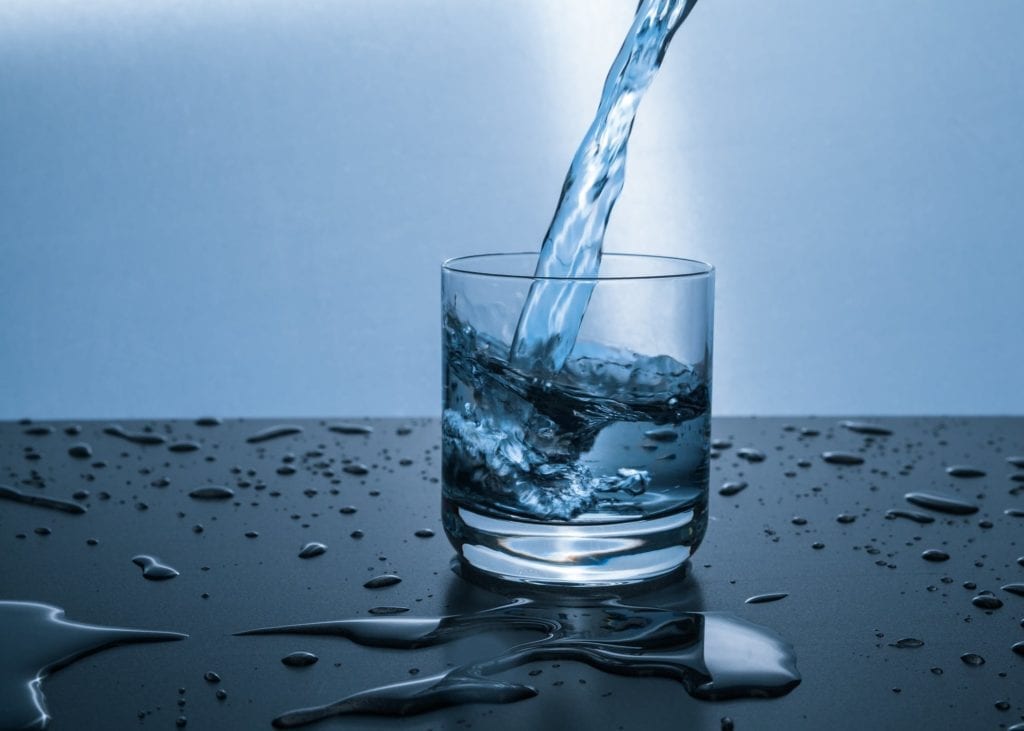Microwaves are one of the most innovative inventions that have made home-cooking so much easier. The benefits of owning a microwave are endless. The speedy cooking that microwaves offer has saved us plenty of time, unlike conventional cooking methods, they remain cool even after they have heated up your food. However, as useful as these space-saving and cost-effective appliances are, they can’t be used for everything. Read on to learn the 4 things you should never put in a microwave.
1. Rice
You might be surprised to see rice at the top of this list because most people reheat their rice in a microwave. In fact, many people love the ease and efficiency of cooking rice in a standard microwave because quality solo microwaves ensure you cook safely – UK reviewers reveal that it happens to be a great aesthetic in your kitchen. The truth is, “reheat” is the operative word here because, while standard microwaves are excellent for cooking frozen or ready-made meals, certain raw foods are not one of them. A microwave will not kill off the bacteria that reside in uncooked rice. This is why it is vital that you boil your rice in a pot of water on the stove to avoid getting food poisoning.
2. Hard-Boiled Eggs
Hard-boiled eggs should always be cooked on a stove. Boiled eggs can sometimes get away with being cooked in a microwave because they still have enough moisture, which is needed to build up steam in the yolk. A hard-boiled egg, however, is likely to burst from the steam that builds up while it is in the microwave. There is less of a risk of a boiled egg exploding, especially if you remove the egg from its shell, however, it could still unpredictably explode either in the microwave or afterward when it has already been served on a plate or worse, in your hands. This is why it is best to stick to safely boiling eggs on a stove.
 3. Water
3. Water
Water tends to take its time heating up on a stove or a kettle, which is why you might think that using a microwave would do the trick in a timely manner. However, you should always stick to a kettle or a stove when heating up water as the microwave heats up water to a temperature that is above the normal boiling point. This is highly dangerous and can result in injury. The boiling water can cause the container it’s in to explode and this can cause burns, since a person won’t be able to visibly see that the water has reached above the normal boiling point and has, in fact, superheated.
4. Packaging
It is vital to use microwaveable packaging when placing food in the microwave or use an appropriate plate. Any other packaging ranging from paper packaging, Styrofoam containers, and aluminum foil should always be removed before placing your food in the microwave. That is because they are highly dangerous. On that note, it is also important to remember that any metal utensils, cookware, and newspaper should never see the inside of a microwave as they are also a fire hazard and aren’t sanitary.
It is really important for your health and safety that you research what you should and should not place in a microwave. So, make sure the food and the packaging it is placed in is microwavable, sanitary, and not a hazard.
